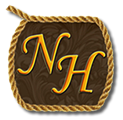Attitude Is Everything
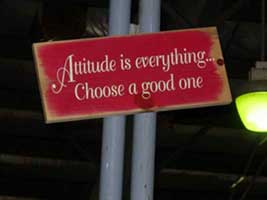
Attitude Is Everything . . Choose A Good One
This plaque was hanging at the entrance to the holding pen for a horse show. Every exhibitor walked or rode past it every time they entered for their next class. Most acknowledged the importance of the message.
To me, this means I should have a winning attitude. Knowing I have done my best to prepare both me and my horse, I come out a winner even if I don’t place in class. I treat my horse with the respect that he deserves. I take responsiblity for the mistakes that are made. I don’t blame my horse for every missed cue. I try to ride with a gentle hand, a quiet leg and a soft seat. I’ve found that this gets better results even if my horse is having a bad day. I try to be polite, courteous and pleasant to all around me. Good manners should not be lost in the horse world. I arrive a little early. I offer my help if needed. Finally, I have fun!
Attitude Is Everything . . Choose A Good One
What does this mean to you? I encourage you to leave a comment.

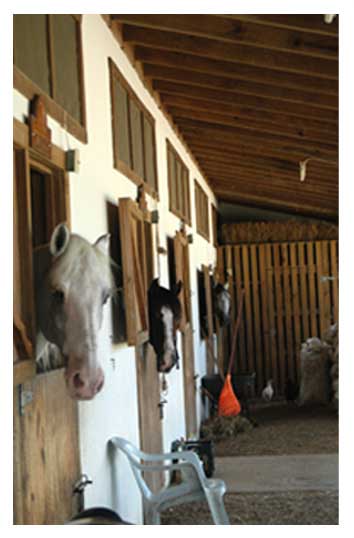
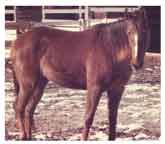
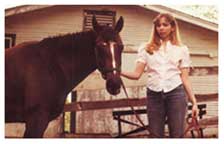 This is where I come in. I had never owned a horse, I had never taken care of a horse and I had only ridden a few backyard pets that my friends had. I was a stupid 20 something and was just as horse crazy then as when I was at 4. Oh yeah, I was also recuperating from a very bad fall off a lesson horse trying to learn how to jump fences. I was told Iggette was going to the sale barn and I just couldn’t let that happen. I talked my husband into buying her. I wasn’t sure what I was going to do with her, but I knew I couldn’t let her go to the sale where she might end up in the hands of the killers. I bought her without even going to look at her first. This is how I became a novice owner.
This is where I come in. I had never owned a horse, I had never taken care of a horse and I had only ridden a few backyard pets that my friends had. I was a stupid 20 something and was just as horse crazy then as when I was at 4. Oh yeah, I was also recuperating from a very bad fall off a lesson horse trying to learn how to jump fences. I was told Iggette was going to the sale barn and I just couldn’t let that happen. I talked my husband into buying her. I wasn’t sure what I was going to do with her, but I knew I couldn’t let her go to the sale where she might end up in the hands of the killers. I bought her without even going to look at her first. This is how I became a novice owner.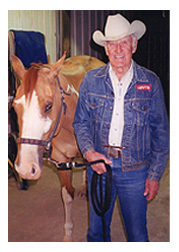 I met Huddy Hudspeth when I volunteered to work the Palomino World Hose Show about 18 years ago. He was the tack judge and I was recruited to check the horses markings. We had to check every horse every time they came through the gate to the holding pen. At that time, the show was 3 very long days. We spent a lot time at the back gate. When there was time between classes, I asked a lot of questions and he told a lot of stories. We worked together until about 5 years ago. He was one of the most amazing people I know.
I met Huddy Hudspeth when I volunteered to work the Palomino World Hose Show about 18 years ago. He was the tack judge and I was recruited to check the horses markings. We had to check every horse every time they came through the gate to the holding pen. At that time, the show was 3 very long days. We spent a lot time at the back gate. When there was time between classes, I asked a lot of questions and he told a lot of stories. We worked together until about 5 years ago. He was one of the most amazing people I know.